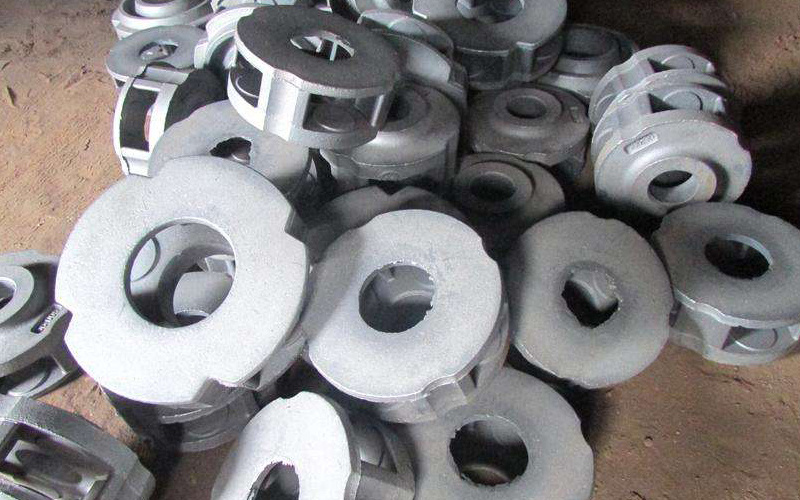Resin sand and coated sand are commonly used materials for casting metal workpieces, but the castings produced by them are different because of their different components. Resin sand is divided into general resin sand, washing resin sand, scrub resin sand and other types, because the mud content in the scrub sand has been very small, so it can greatly reduce the waste of resin sand and should be selected first. When choosing resin molding sand, we should follow the principle of nearby selection, which can reduce expensive freight on the one hand, and ensure the supply of resin sand on the other hand, without affecting production. Second, we should try our best to choose raw sand with low angle coefficient.

At the same time, because the technical level and equipment level of the scrub sand production enterprises are different, the quality of the scrub sand produced by them is also different, so, if there are conditions, when determining the resin sand to be used, the scrub sand production enterprises should be inspected, their technical status, equipment status and sand source status should be inspected, and the sand quality control results of the counterpart should be found from them.
Coated sand is a kind of molding sand or core sand whose surface is covered with a layer of solid resin film before molding. There are two kinds of coating process: cold method and hot method.In the cold method, resin is dissolved by using ethanol, and urotropine is added in the process of mixed sand to coat the surface of sand particles, and ethanol volatilizes to obtain coated sand; The thermal method is to preheat the sand to a certain temperature, melt it with resin, stir it to coat the surface of sand with resin, add urotropine solution and lubricant, cool it, crush it and sieve it to get the coated sand. Coated sand is used for steel castings and iron castings.
Resin sand is not coated sand. The difference between the two is that: resin sand is self-hardening sand, cold hardening, hardening with curing agent; Coated sand is heat hardening, hardening by heating. Their common ground is to use different types of resins as binders and different curing agents to catalyze bonding.
Ceramic foundry sand is more and more widely used in resin casting, which can control product quality more effectively and accurately, and produce high-quality parts in line with environmental protection.








